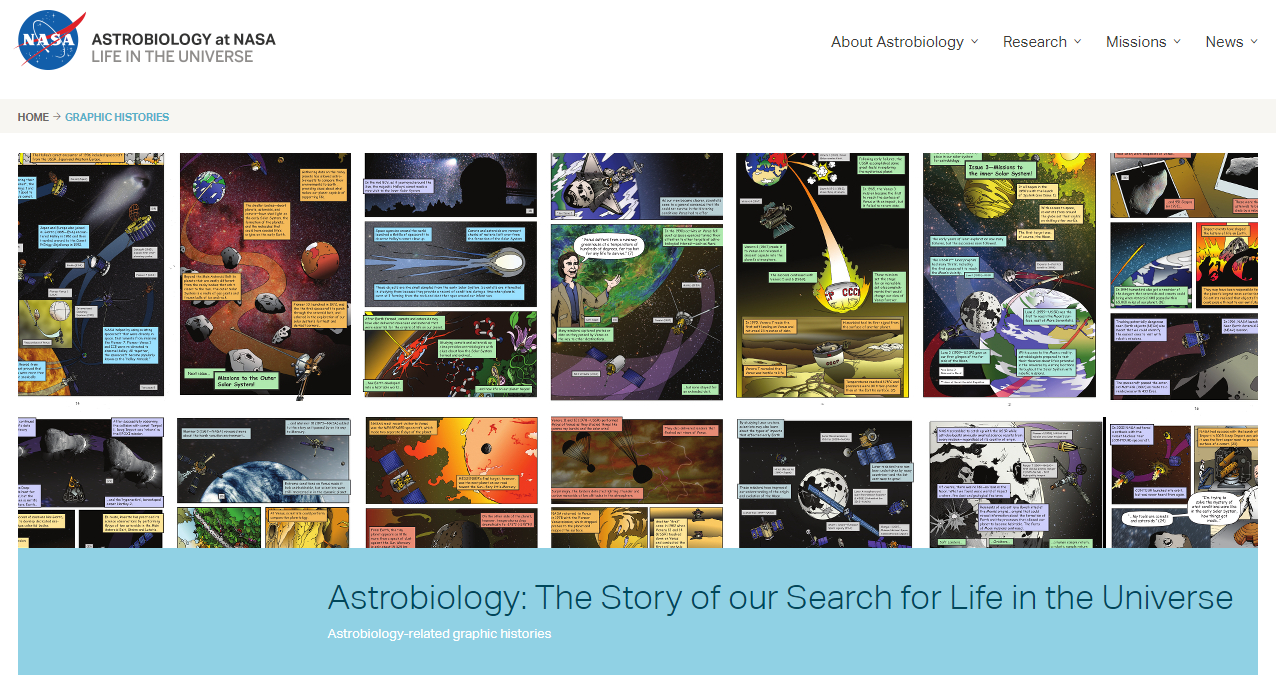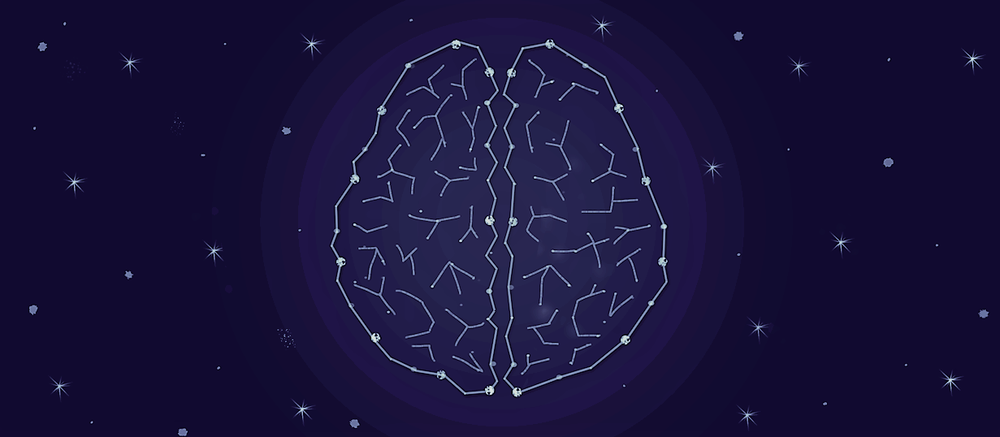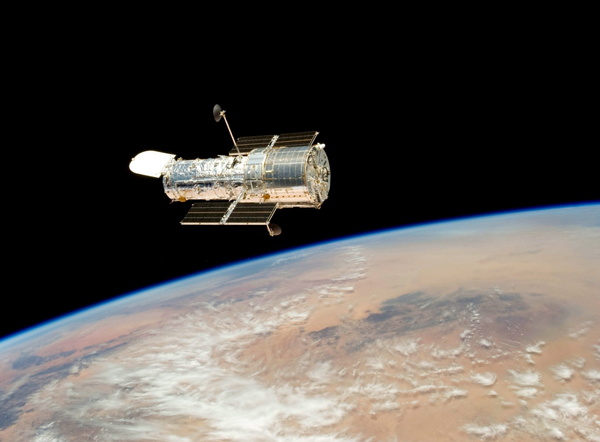Astrobiology - All about Life in Our Universe
Looking at the starry sky, have you ever wondered about the world above us? Wonder what could be happening there? Have you thought about the color of the butterflies on Mars? Or will there be a butterfly on Mars or other planets? Will there be a human like you and me out there? Ooh, aliens…!
In ancient days, people believed that Earth was the center of the universe and the only place where life can sustain. They constantly looked up to the sky and the surrounding nature to find the reason behind movement of sun, moon, and planets and all other mysterious things happening around such as life, death and the natural phenomena that occur. With the advancement in science and technology, we now know that earth is not the center of the universe, and it is not the only place where life could be found. So, are the aliens real? Let’s find out.
In this article series, we are bringing you some exciting facts in astrobiology - a study area which deals with life in and around our mother earth.

Astrobiology deals with the study of the origin of life, its evolution, and the future of life in the universe. It is the field of science which incorporates knowledge from various other fields like physics, biology, chemistry, geology, astronomy, aeronautical science, and exoplanetology. Gavriil l Tikhov, a Russian astronomer, coined the word astrobiology in the year 1953. In Greek, ‘Astron’ means “constellation stars”, ‘bios’ means “life”, and ‘Logia’ means “study”.
Astrobiology, formerly known as exobiology, only dealt with the study of life on planets other than Earth. The discovery of bacterial life in a Martian meteorite, advancement in rocket technology and the development of space telescopes gave more insights into life outside earth and boosted research in astrobiology.
What does an astrobiologist do?
An Astrobiologist work is to find out answers for the following questions;
- How did life originate and evolve in the universe?
- Is Earth the only planet where life sustains?
- What makes a planet habitable?
- What are the functions and the process of synthesis of macromolecules (proteins and enzymes) in the origin of life?
- How to discover a habitable or a non-habitable world?

- How did water and various other important compounds come to earth’s surface?
- What are the extreme conditions under which life can sustain?
- Is there any other form of life that sustains on Earth in Earth or in the extra-terrestrial world?
- What is the future of life on our Earth or even in the outer space?
Astrobiology is a relatively young field of study, vibrant with new research and developments. It already found answers to many of the above questions, which are very fundamental for our understanding about the universe about universe. It also helped to discover many planets that may have the capability to sustain life like in the Kepler 438b, Kepler 283c, Jupiter’s moon - Europa. (examples of any exoplanet. Astrobiology research has helped to efficiently plan space mission programmes of National Aeronautics and Space Administration (NASA) and European Space Agency (ESA). Increased investments in the telescope-technology also aid in the search of life outside our solar system. The recently launched James Webb Telescope is the newest remember to join the vast field of astrobiology research.
In the next article, we will read about life on earth. Stay tuned.
References:
- About Astrobiology | Astrobiology. (n.d.). Retrieved January 24, 2022, fromhttps://astrobiology.nasa.gov/about/
- Astrobiology - Wikipedia. (n.d.). Retrieved January 24, 2022, fromhttps://en.wikipedia.org/wiki/Astrobiology#cite_note-4
- Joshua Lederberg - Facts. (n.d.). Retrieved January 24, 2022, fromhttps://www.nobelprize.org/prizes/medicine/1958/lederberg/facts/
- National Academies of Sciences, E. and M., Sciences, D. on E. and P., Board, S. S., & Universe, C. on A.S. S. for the S. for L. in the. (2018). The Search for Life in the Universe: Past, Present, and Future.An Astrobiology Strategy for the Search for Life in the Universe.https://doi.org/10.17226/25252
- Strategy, A. A. (2018). PREPUBLICATION COPY-SUBJECT TO FURTHER EDITORIAL CORRECTIONPrepublication Copy-Subject to Further Editorial Correction A Consensus Study Report of ADVANCECOPY NATIONAL ACADEMIES OF SCIENCES, ENGINEERING, AND MEDICINE.https://doi.org/10.17226/25252
- Sundarasami, A., Sridhar, A., & Mani, K. (2019). Halophilic archaea as beacon for exobiology: Recentadvances and future challenges. Advances in Biological Science Research: A Practical Approach,197–214. https://doi.org/10.1016/B978-0-12-817497-5.00013-6
- The Astrobiology Strategy | About Astrobiology | Astrobiology. (n.d.). Retrieved January 24, 2022,from https://astrobiology.nasa.gov/about/astrobiology-strategy/
- What Is Astrobiology? – uwastrobiology. (n.d.). Retrieved January 24, 2022, fromhttps://depts.washington.edu/astrobio/wordpress/about-us/what-is-astrobiology/Illustrations: People illustrations by StorysetScience illustrations by Storyset
Written By
Roslin Elsa Varughese - Roslin is a Research scholar at the Centre for Adavanced Studies, in Crystallography and Biophysics department of University of Madras. She is an experienced Physics subject expert and holds Master’s degree in Physics.




